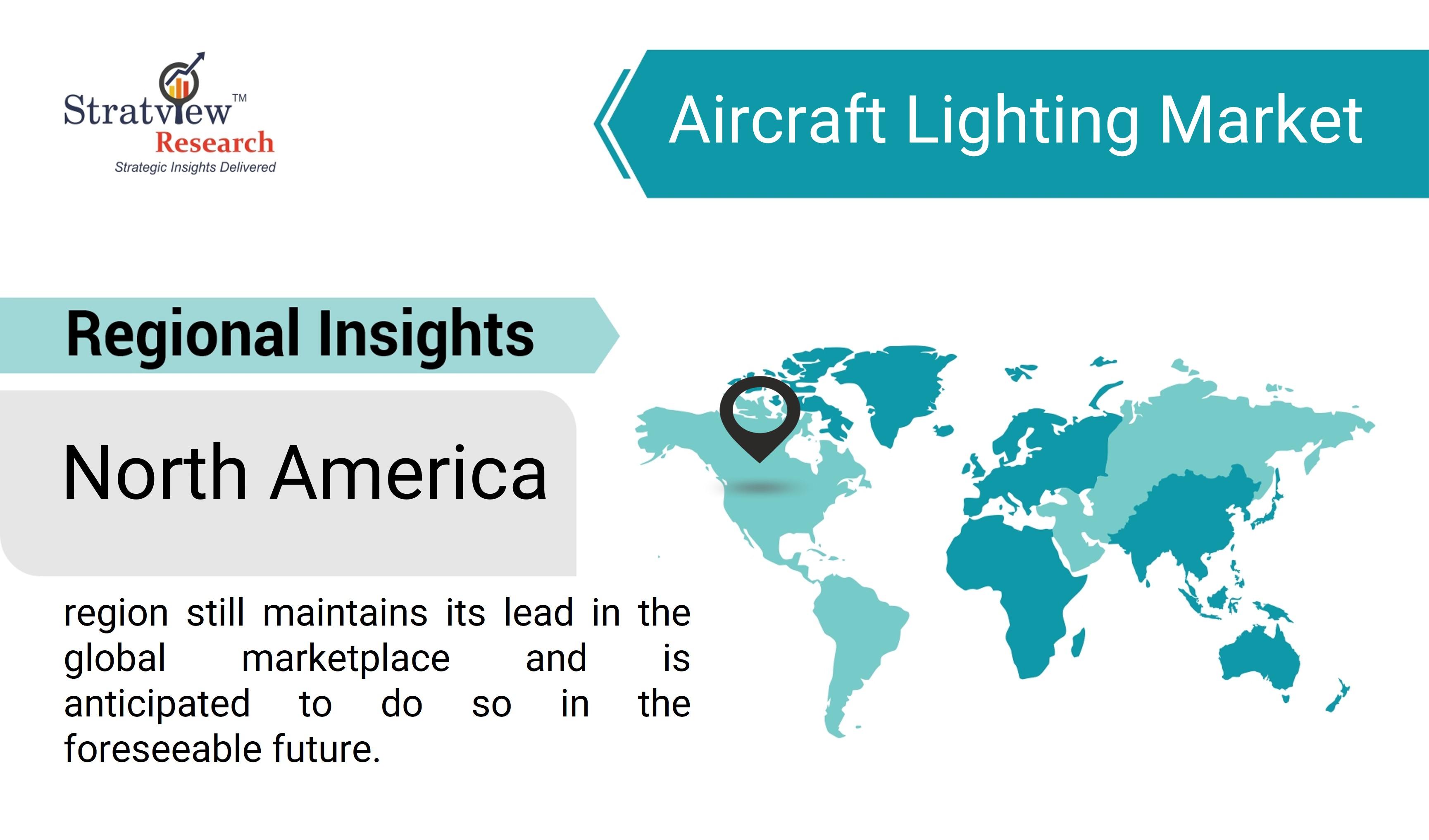The Evolution of Flight: Advancements in Aircraft Lighting Technology

According to Stratview Research, the aircraft lighting market is likely to grow at a promising CAGR of 10.2% in the long run to reach an estimated value of US$ 1.3 billion in 2028.
In the vast expanse of the aviation industry, where safety, efficiency, and passenger experience are paramount, lighting serves as a crucial element guiding the way forward. From the sleek interiors of modern aircraft to the navigational aids that illuminate the skies, aircraft lighting plays a multifaceted role in ensuring smooth operations and enhancing the overall travel experience. In this article, we embark on a journey to navigate the intricate landscape of the aircraft lighting market, shedding light on the key trends, innovations, and challenges that shape the industry.
Interior Lighting Innovations: Within the confines of an aircraft cabin, lighting serves not only practical purposes but also contributes to the ambiance and comfort of passengers. Innovations in interior lighting technology have transformed cabin environments, offering airlines the ability to create immersive experiences that enhance passenger well-being and satisfaction.
LED lighting has emerged as the predominant choice for interior aircraft lighting, offering benefits such as energy efficiency, customizable color options, and longer lifespan. Dynamic lighting systems that mimic natural daylight cycles help mitigate jet lag and improve passenger comfort during long flights. Moreover, mood lighting features allow airlines to create a calming atmosphere for relaxation or an energizing environment for meal services and entertainment, contributing to a more pleasant travel experience.
Exterior Lighting Solutions: Beyond the cabin, aircraft lighting serves critical functions in ensuring visibility and safety during all phases of flight. Navigation lights, including wingtip lights, tail lights, and anti-collision strobes, help identify aircraft position and orientation, aiding in collision avoidance and air traffic management.
Advancements in exterior lighting technology, particularly the widespread adoption of LED lighting, have led to improvements in reliability, visibility, and energy efficiency. LED navigation lights offer brighter illumination and longer operational lifespan compared to traditional incandescent bulbs, enhancing aircraft visibility and reducing maintenance costs.
Regulatory Compliance and Safety: The aircraft lighting market is subject to stringent regulatory standards and guidelines established by aviation authorities such as the Federal Aviation Administration (FAA) and the European Aviation Safety Agency (EASA). These regulations cover various aspects of aircraft lighting, including intensity, color, visibility, and emergency lighting provisions.
Compliance with regulatory requirements is essential to ensuring the safety and airworthiness of aircraft. Manufacturers and operators must adhere to strict certification processes to ensure that lighting systems meet the necessary performance standards and withstand the rigors of flight operations.
Future Trends and Opportunities: Looking ahead, the aircraft lighting market is poised for further innovation and growth as manufacturers and operators seek to enhance safety, efficiency, and passenger experience. Advancements in lighting technology, such as the integration of smart lighting systems and adaptive lighting controls, will enable airlines to optimize energy usage, reduce operational costs, and deliver personalized passenger experiences.
Furthermore, the emergence of sustainable lighting solutions, including energy-efficient LEDs and recyclable materials, aligns with industry-wide efforts to reduce environmental impact and promote sustainability in aviation.
Conclusion: In conclusion, navigating the aircraft lighting market requires a comprehensive understanding of the intricate interplay between technology, regulation, and passenger needs. From interior ambiance lighting to exterior navigation aids, lighting serves as a guiding force that shapes the aviation experience and ensures the safety and efficiency of flight operations.
By staying abreast of emerging trends, embracing innovative technologies, and prioritizing regulatory compliance, stakeholders in the aircraft lighting market can navigate challenges, seize opportunities, and contribute to a future where air travel is safer, more sustainable, and more enjoyable for all.
- Art
- Causes
- Crafts
- Dance
- Drinks
- Film
- Fitness
- Food
- Games
- Gardening
- Health
- Home
- Literature
- Music
- Networking
- Other
- Party
- Religion
- Shopping
- Sports
- Theater
- Wellness




